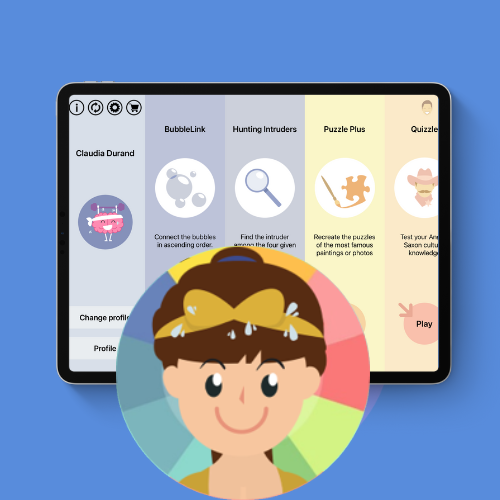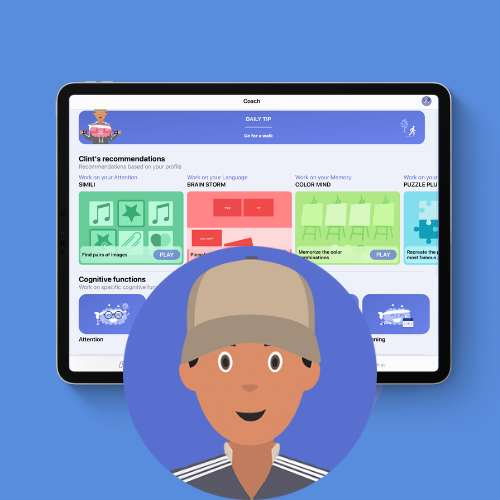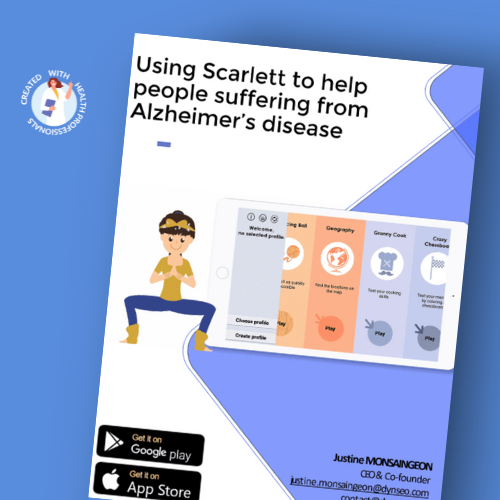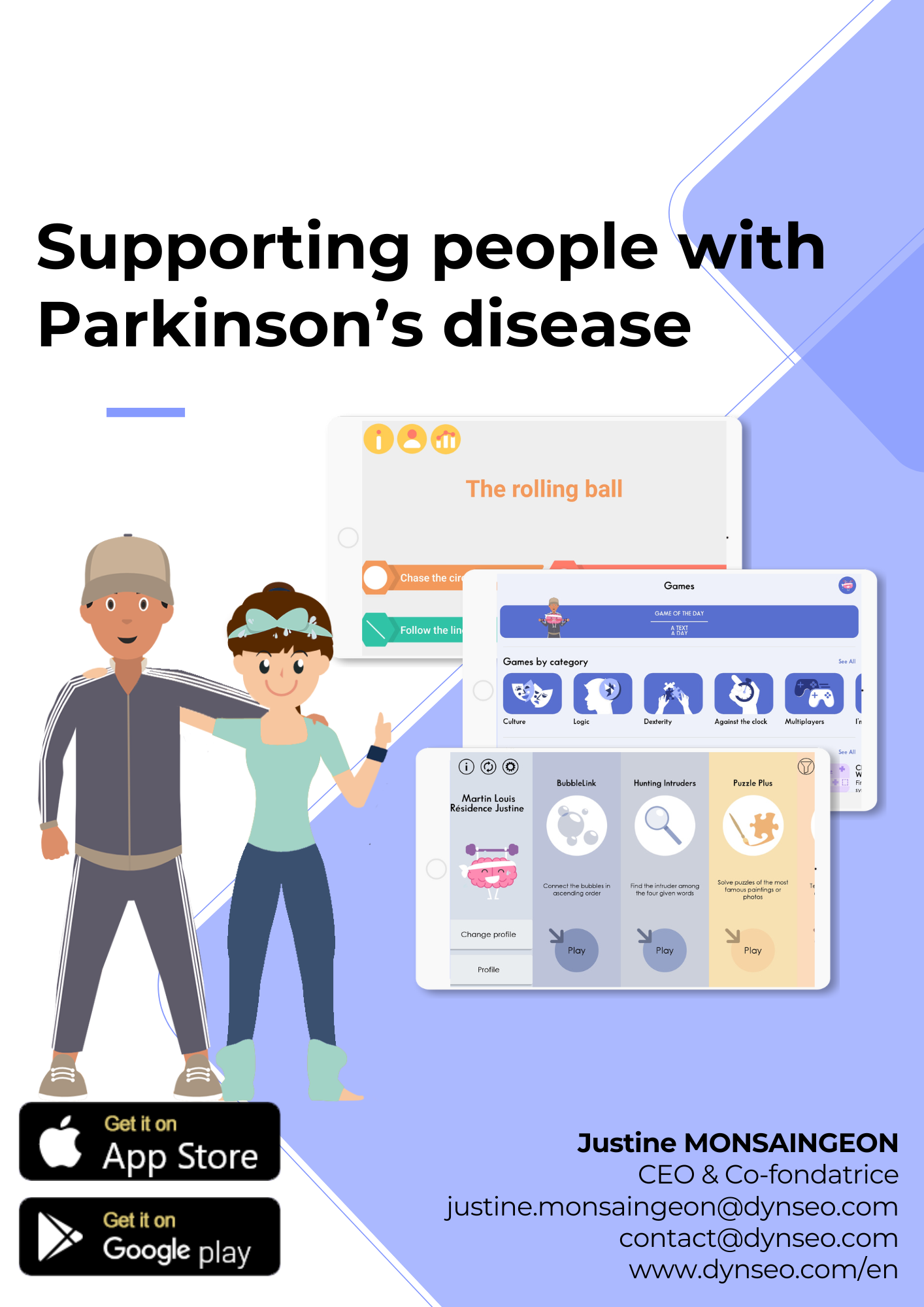Parkinson’s Disease is a progressive neurological condition that affects millions worldwide, characterized by tremors, stiffness, and impaired movement. In the face of such challenges, maintaining fine motor skills becomes pivotal for preserving independence and quality of life. Fine motor skills encompass intricate movements of the hands and fingers, crucial for daily tasks like writing, dressing, and eating.
Understanding the complexities of Parkinson’s Disease is essential for tailoring interventions that address its unique motor impairments. While medication and therapy play significant roles in managing symptoms, focusing on enhancing fine motor skills can offer practical benefits that directly impact daily functionality and autonomy.
Recognizing the importance of fine motor skills underscores the need for targeted exercises and strategies specifically designed for individuals with Parkinson’s Disease. By engaging in structured activities and incorporating adaptive techniques, individuals can mitigate the impact of motor symptoms, foster dexterity, and improve the overall quality of life amidst the challenges posed by this condition. This guide aims to provide practical exercises and tips to empower individuals with Parkinson’s Disease in their pursuit of maintaining and enhancing fine motor skills.
Overview of Fine Motor Skills in Parkinson’s Disease
Fine motor skills in Parkinson’s Disease are notably affected by deficits and challenges stemming from motor symptoms such as tremors, rigidity, and bradykinesia. These impairments manifest in difficulties with precision movements, coordination, and grip strength, profoundly impacting daily functioning. Tasks like buttoning shirts, writing, or handling utensils become laborious and frustrating due to the diminished ability to manipulate objects with finesse.
The intricate coordination required for activities of daily living is compromised, leading to increased dependency and decreased confidence in performing routine tasks independently. Understanding the nuances of these deficits is crucial for implementing targeted interventions and adaptive strategies that aim to mitigate the impact of Parkinson’s Disease on fine motor skills and enhance overall quality of life for affected individuals.
Practical Exercises for Enhancing Fine Motor Skills
Practical exercises tailored for enhancing fine motor skills in Parkinson’s Disease encompass a range of targeted activities aimed at improving hand strength, finger dexterity, and hand-eye coordination. Hand strengthening activities, such as squeezing stress balls or using handgrip exercisers, help improve muscle tone and grip strength essential for tasks requiring manual dexterity. Finger dexterity exercises, including piano finger exercises or playing with therapeutic putty, focus on enhancing precision and flexibility in finger movements.
Hand-eye coordination tasks, like threading beads onto strings or playing catch with a softball, promote the synchronization of visual and motor skills vital for performing daily activities with accuracy. Incorporating these varied exercises into a structured regimen can effectively address the specific challenges posed by Parkinson’s Disease, empowering individuals to maintain and improve their fine motor skills for enhanced independence and quality of life.
Tips for Implementing Exercises
Consistency and frequency are key principles when implementing exercises to enhance fine motor skills in Parkinson’s Disease. Establishing a regular schedule ensures that individuals engage in exercises consistently, promoting muscle memory and gradual improvement over time. Monitoring progress is essential for tracking improvements and adjusting the exercise regimen accordingly. By keeping detailed records of performance and observing changes in motor skills, individuals can tailor exercises to address specific areas of weakness and set achievable goals.
Moreover, flexibility in modifying exercises as needed allows for adaptations based on individual capabilities and progression of the condition. Being attuned to changes in motor function enables individuals to optimize their exercise routine, ensuring that it remains challenging yet manageable, ultimately facilitating continuous improvement in fine motor skills and overall functional abilities despite the challenges posed by Parkinson’s Disease.
Incorporating Daily Activities for Skill Enhancement
Incorporating daily activities into routines can serve as invaluable opportunities for enhancing fine motor skills in individuals with Parkinson’s Disease. Cooking and meal preparation tasks, such as chopping vegetables or stirring ingredients, require precise hand movements and coordination, promoting dexterity and grip strength. Engaging in writing and drawing exercises, whether through journaling or sketching, fosters precision and control over fine motor movements, aiding in maintaining handwriting legibility and artistic expression.
Personal care routines, including grooming activities like brushing teeth or buttoning shirts, offer practical contexts for practicing manipulation of objects and refining motor coordination skills essential for independent living. By integrating these activities into daily life, individuals with Parkinson’s Disease can effectively enhance their fine motor skills while simultaneously accomplishing necessary tasks, contributing to improved confidence and overall quality of life.
Supportive Tools and Equipment
Supportive tools and equipment play a crucial role in facilitating independence and improving the quality of life for individuals with Parkinson’s Disease. Adaptive devices, such as ergonomic utensils, specialized writing aids, and button hooks, are designed to accommodate motor limitations and make daily tasks more manageable. Assistive technology, including voice-activated devices, smart home systems, and medication reminders, offer innovative solutions to assist with cognitive and physical challenges associated with Parkinson’s Disease, enhancing autonomy and safety.
Occupational therapy resources provide personalized guidance and training in the use of adaptive equipment, as well as techniques to optimize functional abilities and adapt environments to individual needs. By utilizing these supportive tools and resources, individuals with Parkinson’s Disease can overcome barriers, maintain independence, and engage more fully in daily activities, ultimately improving their overall well-being and quality of life.
Importance of Physical Activity and Exercise
Physical activity and exercise play a pivotal role in the comprehensive management of Parkinson’s Disease, offering multifaceted benefits that extend beyond mere symptom alleviation. Exercise serves as a cornerstone in Parkinson’s management by helping to maintain flexibility, mobility, and balance, thereby mitigating the risk of falls and improving overall motor function. Specifically, regular physical activity has been shown to enhance fine motor skills by promoting neural plasticity and facilitating the reorganization of neural circuits implicated in movement control. Engaging in structured exercise routines tailored to individual abilities can lead to improvements in coordination, strength, and endurance, fostering greater independence in performing daily tasks.
However, it is crucial to heed recommendations and safety considerations, consulting healthcare professionals for personalized exercise plans and guidance on appropriate intensity levels and modifications. By prioritizing physical activity and exercise, individuals with Parkinson’s Disease can actively participate in their own care, enhancing their physical and cognitive well-being while promoting long-term functional independence.
Strategies for Overcoming Challenges
In navigating the challenges posed by Parkinson’s Disease, implementing effective strategies can significantly enhance daily functioning and overall quality of life. Fatigue management techniques, such as prioritizing rest breaks, pacing activities, and optimizing sleep hygiene, help individuals conserve energy and alleviate the debilitating effects of fatigue commonly associated with the condition. Breaking tasks into manageable steps allows for incremental progress and reduces feelings of overwhelm, empowering individuals to approach activities with greater confidence and efficiency.
Seeking support from healthcare professionals, including neurologists, occupational therapists, and support groups, facilitates access to tailored interventions, adaptive strategies, and emotional guidance essential for coping with the physical and emotional aspects of Parkinson’s Disease. By embracing these strategies and leveraging available resources, individuals with Parkinson’s Disease can effectively navigate challenges, maintain independence, and cultivate resilience in the face of adversity.
Maintaining Motivation and Engagement
Maintaining motivation and engagement is paramount for individuals living with Parkinson’s Disease to sustain their commitment to treatment and self-care. It involves finding intrinsic and extrinsic sources of inspiration, such as setting meaningful goals, pursuing hobbies, and cultivating a support network. By focusing on activities that bring joy and fulfillment, individuals can combat feelings of apathy and maintain a sense of purpose amidst the challenges posed by the condition.
Additionally, incorporating variety into daily routines and exploring new interests can help stave off monotony and reignite enthusiasm for life. Ultimately, fostering a positive mindset and staying connected to personal passions can serve as powerful catalysts for sustaining motivation and engagement throughout the journey with Parkinson’s Disease.
Setting Realistic Goals
Setting realistic goals is essential for individuals with Parkinson’s Disease to navigate their journey effectively and maintain a sense of progress and achievement. Realistic goals should be specific, measurable, attainable, relevant, and time-bound (SMART), tailored to individual abilities and aspirations. Whether aiming to improve fine motor skills, increase physical activity levels, or enhance overall well-being, setting achievable objectives provides a clear roadmap for action and fosters a sense of control and agency.
Breaking larger goals into smaller, manageable tasks allows for incremental progress and builds momentum over time, boosting confidence and self-efficacy. By setting realistic goals aligned with personal values and priorities, individuals can cultivate a sense of purpose and empowerment, driving meaningful outcomes in their journey with Parkinson’s Disease.
Celebrating Achievements
Celebrating achievements, no matter how small, is integral to maintaining motivation and fostering a positive outlook in the management of Parkinson’s Disease. Recognizing and acknowledging progress, whether it be mastering a new skill, overcoming a challenge, or reaching a milestone, validates individual efforts and reinforces a sense of accomplishment.
Celebrations can take many forms, from sharing successes with loved ones to rewarding oneself with meaningful treats or experiences. By cultivating a culture of celebration and gratitude, individuals with Parkinson’s Disease can cultivate resilience, boost self-esteem, and stay motivated on their journey towards improved health and well-being. Additionally, celebrating achievements within a supportive community provides opportunities for connection, inspiration, and mutual encouragement, further enriching the journey with Parkinson’s Disease.
Caregiver Involvement and Support
Caregiver involvement and support are essential components in the holistic care of individuals with Parkinson’s Disease, particularly in enhancing skill development and overall well-being. The role of caregivers extends beyond providing physical assistance to encompass emotional support, encouragement, and motivation in engaging individuals with Parkinson’s Disease in skill-enhancing activities. Effective communication and collaboration with the care team, including healthcare professionals and therapists, enable caregivers to gain insights into the specific needs and challenges faced by their loved ones, facilitating the implementation of targeted interventions and adaptive strategies.
Furthermore, prioritizing self-care for caregivers is imperative to prevent burnout and maintain optimal levels of physical and emotional well-being. Engaging in self-care practices, seeking respite, and accessing support networks contribute to caregivers’ ability to provide compassionate and sustainable care, ultimately fostering a nurturing environment conducive to skill enhancement and quality of life for individuals with Parkinson’s Disease.
Evaluating Progress and Adjusting Strategies
Evaluating progress and adjusting strategies are integral components of effectively managing Parkinson’s Disease and optimizing fine motor skill development. Tracking fine motor skill improvement involves regular assessments of dexterity, coordination, and functional abilities through standardized tests, self-evaluations, and observations of daily activities.
This ongoing monitoring process allows individuals and caregivers to identify areas of improvement and areas needing further attention. Revising exercise plans based on the observed progress ensures that interventions remain relevant and effective in addressing evolving needs and capabilities. Seeking professional guidance as needed, such as consulting with therapists or neurologists, provides valuable insights and expertise in refining strategies and adapting interventions to align with individual goals and preferences. By embracing a proactive and collaborative approach to evaluating progress and adjusting strategies, individuals with Parkinson’s Disease can maximize their potential for skill enhancement and overall well-being.
The journey of enhancing fine motor skills in Parkinson’s Disease is multifaceted and dynamic, requiring dedication, perseverance, and a holistic approach to management. Throughout this guide, we have emphasized the importance of understanding Parkinson’s Disease, recognizing its impact on fine motor skills, and implementing practical exercises and strategies tailored to individual needs. By focusing on hand-strengthening activities, finger dexterity exercises, and hand-eye coordination tasks, individuals can actively engage in skill enhancement while navigating the challenges posed by the condition.
As we recap key points, it’s crucial to encourage continued practice and commitment to self-care, celebrating achievements along the way. Moreover, embracing holistic Parkinson’s management, which includes caregiver involvement, professional guidance, and attention to physical and emotional well-being, is paramount for sustaining progress and improving overall quality of life. By integrating these principles into daily life, individuals with Parkinson’s Disease can embark on a journey of empowerment, resilience, and meaningful skill enhancement.
AND FOR FURTHER INFORMATION

SCARLETT, EASY MEMORY GAMES FOR PARKINSON
SCARLETT is a user-friendly memory game program that offers a collection of simple yet engaging exercises, specifically designed to gently enhance memory skills. No timer, no score and no failure. Just the pleasure of playing. Try it for free for one week.

CLINT, A CHALLENGING BRAIN GAMES APP
For individuals seeking a more challenging experience, the CLINT program serves as a more demanding version, offering complex memory games that require greater cognitive effort, making it suitable for those in need of a more strenuous mental workout.

THE ROLLING BALL TO WORK ON FINE MOTOR SKILLS
The Rolling Ball app is an innovative tool designed to enhance fine motor skills through engaging and interactive challenges. By guiding a virtual ball through intricate mazes and obstacles, users can improve their precision, control, and hand-eye coordination.
Other articles that might interest you:
How Parents Can Contribute to Teacher Training
As we delve into the realm of education, it becomes increasingly clear that teacher training is not merely a...
Differentiated Instruction Approaches: Training and Practical Application
Differentiated instruction is a pedagogical approach that recognizes the diverse needs of students in a classroom. It...
Key Skills Teachers Need to Support Students with Special Needs
As we embark on our journey to support children with special needs, it is essential for us to cultivate a deep...








